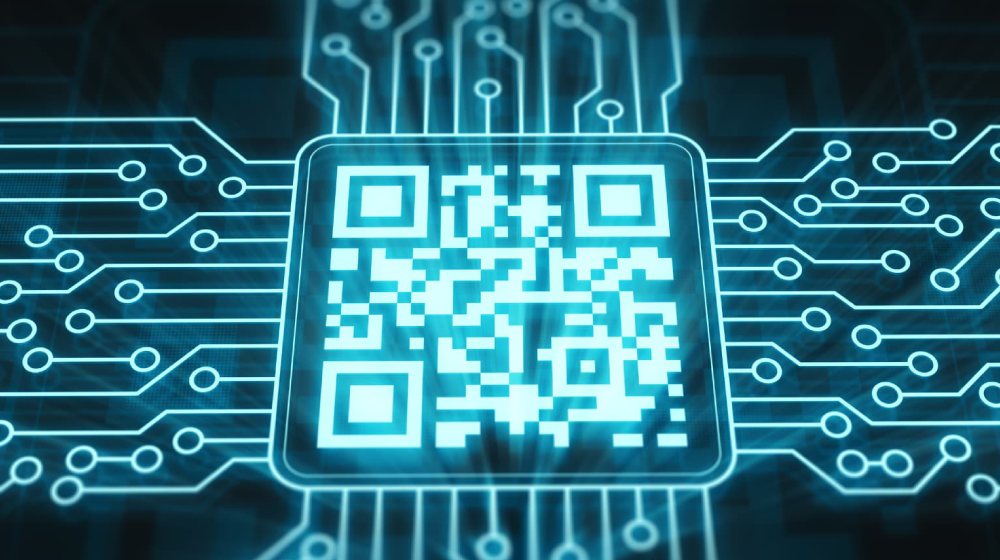QR codes were created nearly three decades ago by Denso Wave, a Toyota Motor Corporation subsidiary. Toyota has long been a trailblazer in the realm of manufacturing efficiency and lean production processes.
Originally, the auto company used QR codes to track parts as they passed through each phase of the vehicle assembly process. However, QR codes have since been utilized for many other purposes.
One of the most well-known consumer-facing applications of QR codes involves their use in restaurants. Many chains and smaller restaurants began the use of QR codes during the Covid-19 pandemic to allow patrons to access their menus. This ease of access — and the ability to update a menu without having to incur printing costs — has made QR codes valuable.
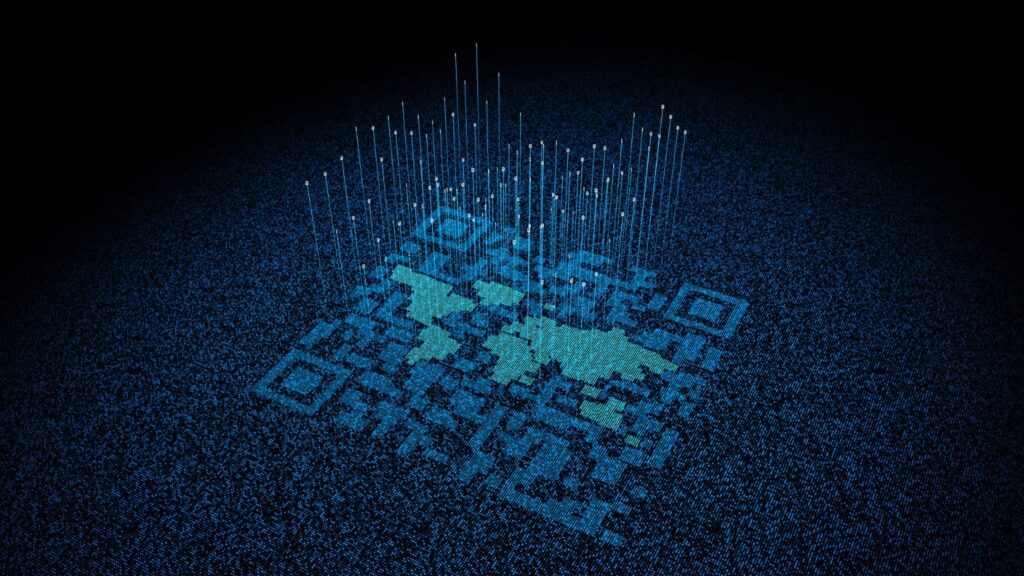
This approach also eliminates maintenance fees for physical menus while also allowing patrons to begin browsing food options before they take their seats. Some restaurants have taken this a step further by allowing patrons to put in orders using QR codes.
QR code ordering reduces the workload on restaurant staff, which has been increasingly important in light of ongoing labor shortages. It also makes dining more convenient for patrons while simultaneously reducing the business owner’s labor costs.
Recently, a new use case for QR codes has been emerging — food tracing. Blockchain food traceability programs rely on QR codes to facilitate product tracking.

Blockchain QR codes provide valuable insights regarding the journey of a food product through the supply chain. In turn, this data can be used to reduce food waste, improve delivery efficiency, and educate consumers about where their items originated.
As the use of QR codes for blockchain food tracing gains traction among consumers and businesses, many have begun to ask if this solution is economically viable. Below, we examine that very question.
Why Put QR Codes on Foods?
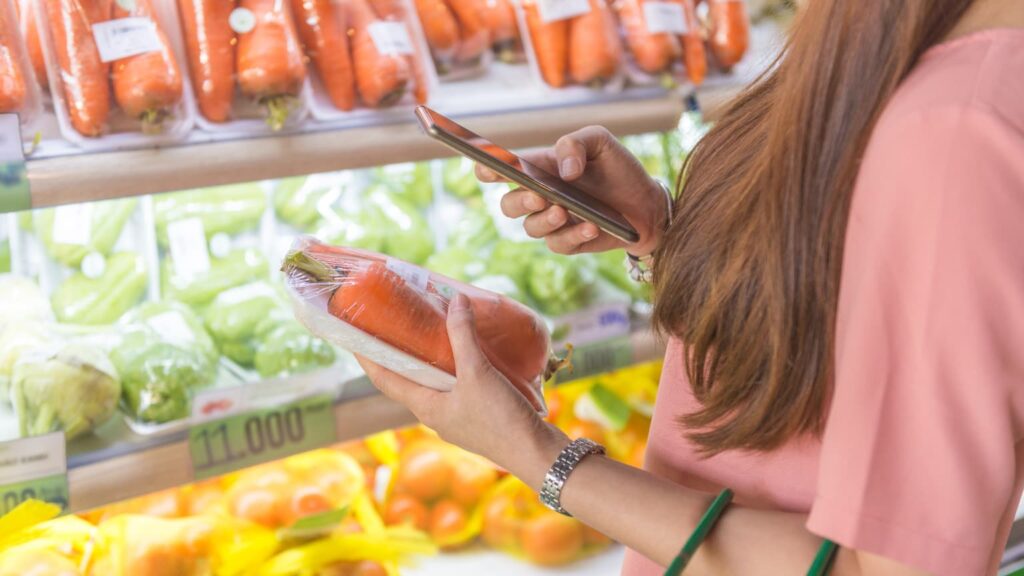
Before exploring the economic viability of putting QR codes on foods, it is important to understand why such a step is necessary in the first place. Blockchain QR codes have the potential to solve some of the food industry’s greatest challenges, including the following:
Food Fraud
According to the United States Food and Drug Administration, food fraud impacts 1% of the worldwide food industry each year. While this may seem like a meager figure, 1% of the food industry equates to about $15 billion.
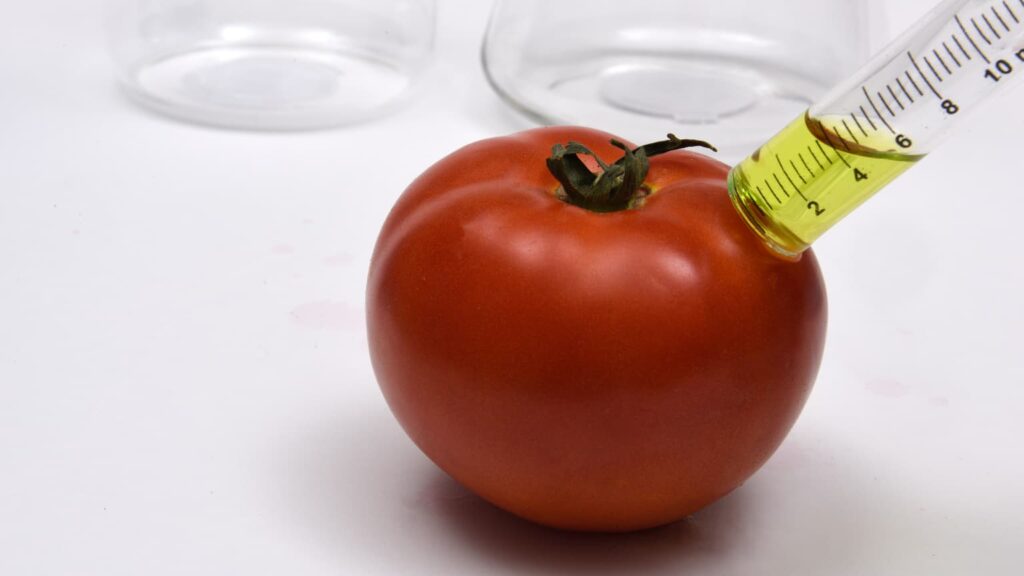
Food fraud has economic repercussions and can also impact consumers’ health. If fraudsters include dangerous ingredients, leave out important components like preservatives, or substitute chemicals, consumers could become extremely ill.

QR codes could reduce food fraud by providing manufacturers and distributors with immutable records of where foods originated. These records can be used to stop fraud in its tracks, thereby protecting consumers and preserving profitability.
Food Waste
Another major issue facing the food industry is waste. Each year, millions of tons of food end up in landfills. This food waste occurs at every level of the food supply chain, including on farms, in manufacturing facilities, and among retailers and consumers.
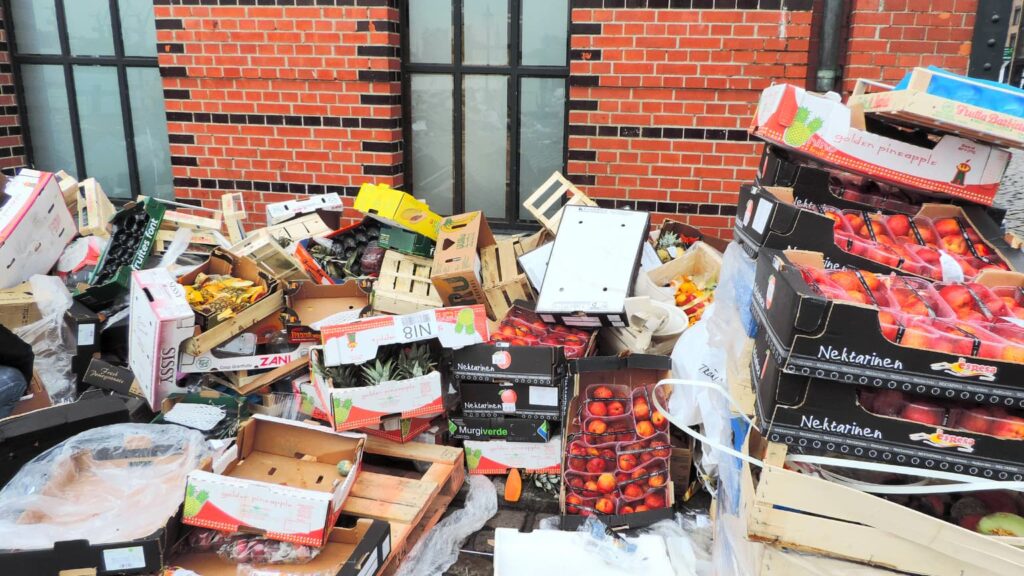
QR codes can help streamline food distribution. This approach would allow distributors to ship food products more efficiently and reduce waste.
Shifting Consumer Expectations
Customers are at the heart of the food industry and virtually every other industry, for that matter. Food producers and manufacturers must conduct business in a way that aligns with the expectations of modern consumers.
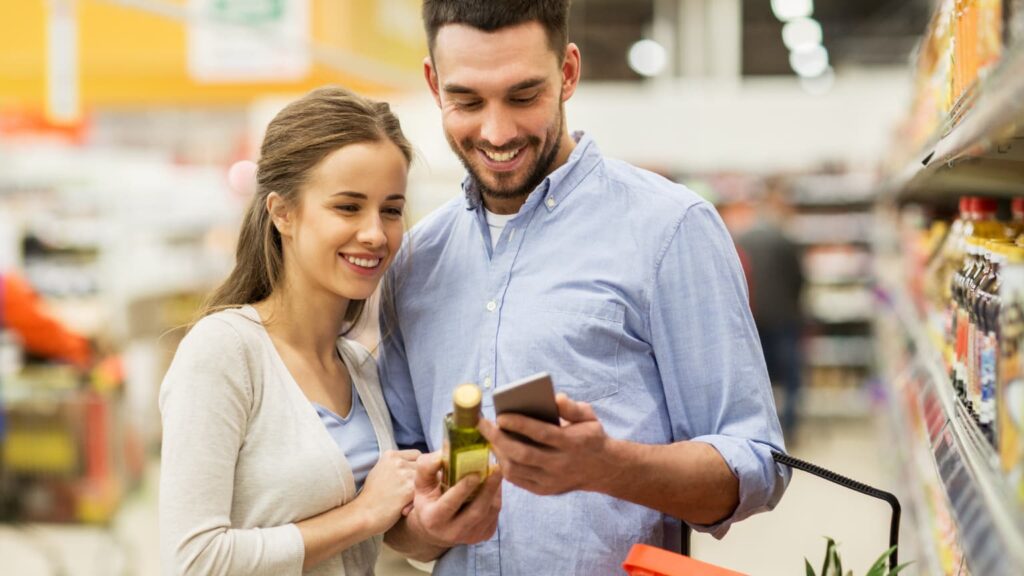
The latest generation of consumers is more conscientious about issues like the sustainability and ethics of food production processes. Consumers also want grocery shopping to be more convenient.
QR codes allow manufacturers and retailers to meet both of these consumer expectations. They can use QR codes to provide information about where products were sourced. These codes can double as a checkout tool that consumers can use to scan items while they shop.
Is It Possible to Put QR Codes on All Foods?
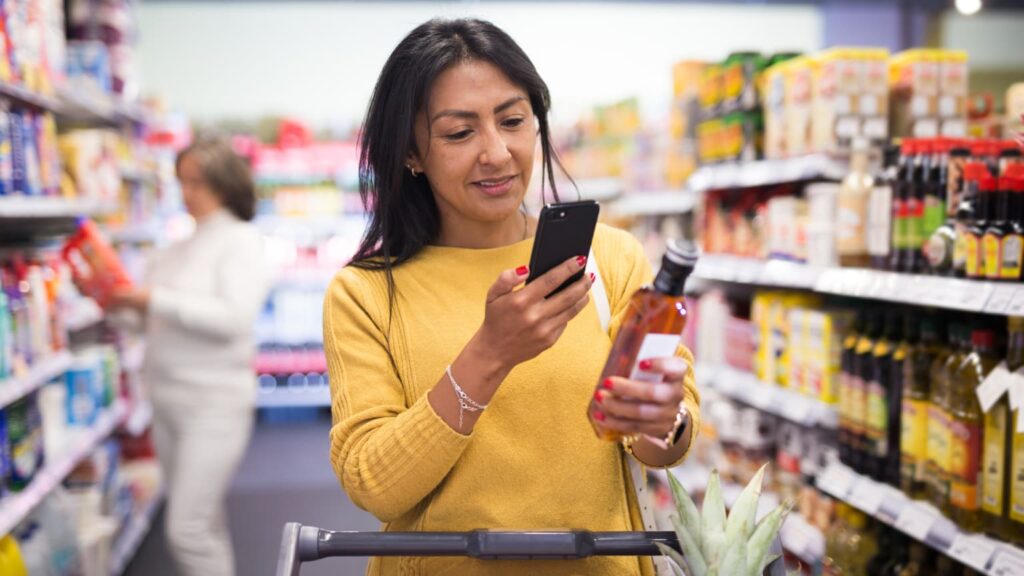
The easy answer is yes. It is practical to put QR codes on all foods and food products. According to recent data from Datassential, about 58% of consumers are on board with the idea of using QR codes in grocery stores and restaurants.
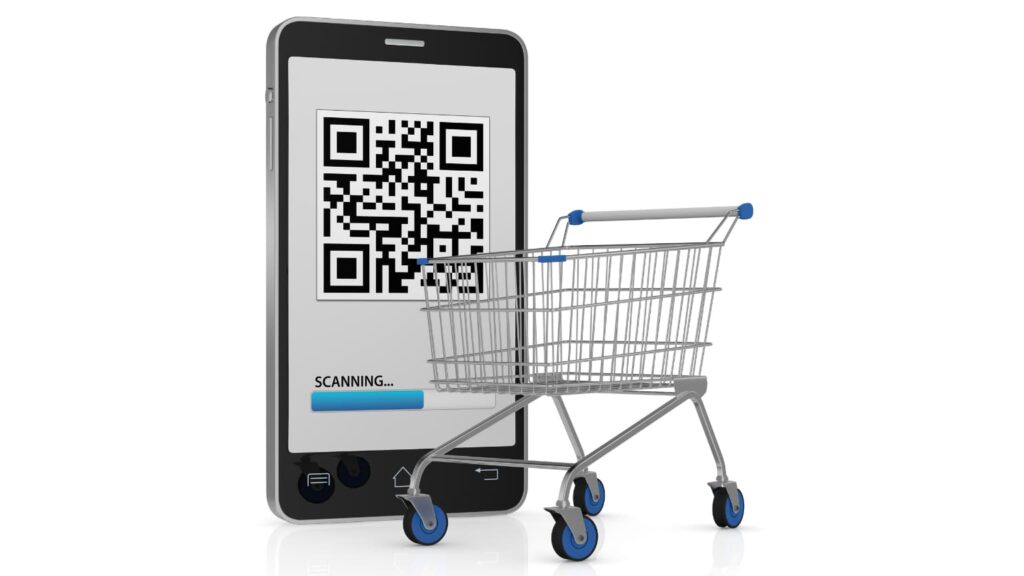
Putting QR codes on food products is also economically viable. Once companies invest in a blockchain QR code generator, the costs associated with this practice are relatively low.
More importantly, QR-based food tracing can eliminate food waste while simultaneously decreasing many overhead expenses incurred by manufacturers. Therefore, many of the costs associated with implementing a blockchain food traceability program will be offset by the benefits of using QR codes.
How to Generate QR Codes?
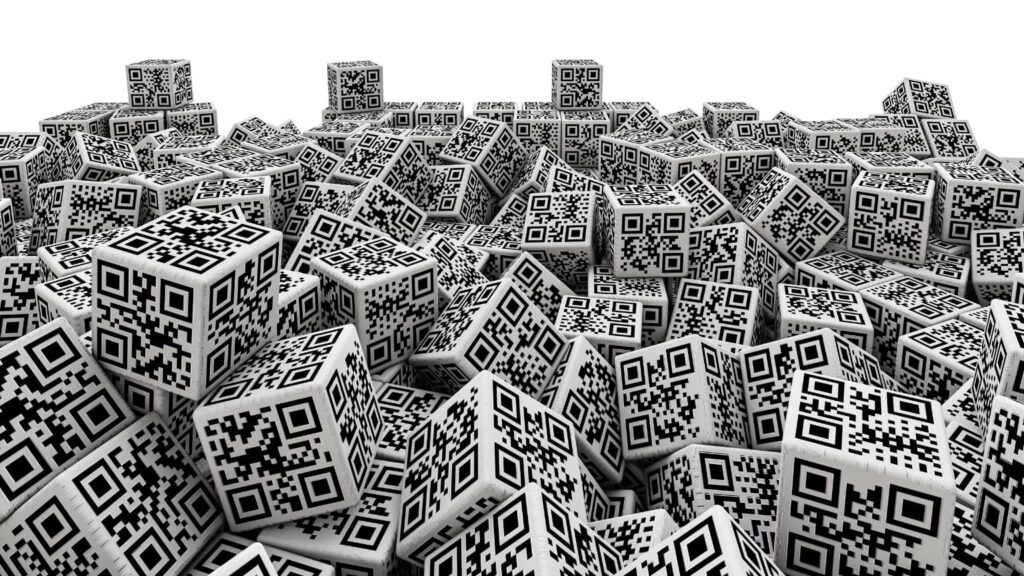
Is your organization a component of the food supply chain? Want to start using QR codes to improve food traceability and optimize distribution efficiency? If so, you must partner with a blockchain food traceability expert like Farm to Plate.
We invite you to explore our solutions to learn more about how we are revolutionizing food tracing through the power of blockchain.
Pramod Sajja, CEO & President at Paramount Software Solutions (farmtoplate.io).
